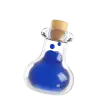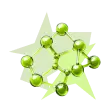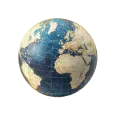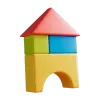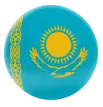|
Beginning of the
lesson
5
min.
|
Organization moment
:
1.Greeting.
Ask about the
weather.
Warming-up
The teacher sets the lesson
objectives, letting students know what to anticipate from the
lesson.
Lead –
In
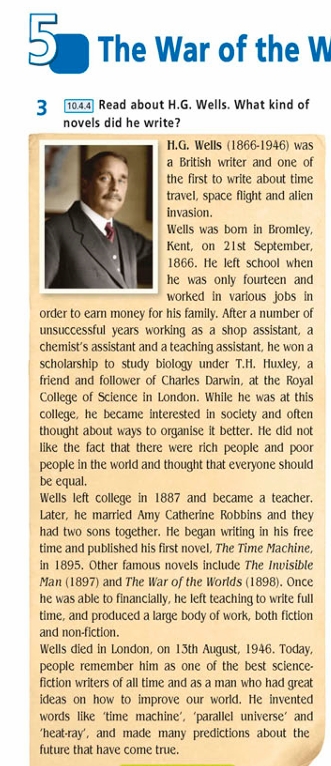
|
Students of the class are
listed.
Students' attention is drawn to the
lesson.
Students say different words from the
picture
Learners answer the
questions
|
The teacher to assess learners for
their ability.
“Good job!
Well done!”
|
Pictures
Text
|
|
Middle of the lesson
Presentation part.
35
min
|
Ex:1
P:63
Direct Ss to the pictures. Explain that they show
book covers for different types of
literature.
Elicit which ones are fiction and which ones are
non-fiction from Ss around the class.
Differentiation:
«Verbal support» method is used to help Ss use new words in the
sentences.
Ex: 2 P:
63
Read out the adjectives in the list and explain/
elicit their meanings.
Then ask Ss to read the example and elicit
similar sentences from Ss around the class about which books they
like to read and why.
Ex:3
P64
Give Ss time to read the text and answer the
question. Elicit an answer from the class.
Ex: 4 P:
64
Have Ss ask and answer questions in pairs about
H.G. Wells following the example.
Monitor the activity around the
class.
Ex: 5 P:
64
Explain the task and ask Ss to read the
statements and then read the text and mark them according to what
they read.
C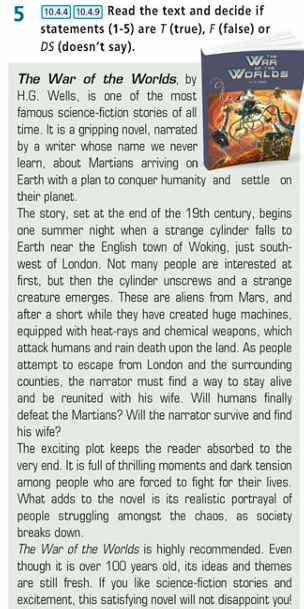 heck Ss'
answers. heck Ss'
answers.
|
Learners look at the pictures. Answer the
question.
ANSWERS
Fiction: A, C, D,
H
Non-fiction: B, E,
F, G
Learners use ideas from the list.
Answer the question.
ANSWERS
I enjoy science-fiction books as I find
them thrilling and imaginative. I don't like travel books. I find
them a waste of time
Pupils
read about H.G. Wells. Answer the
question
ANSWERS
H.G. Wells wrote
science-fiction novels.
Pupils ask and answer the question as
the example.
ANSWERS
B:
He worked as a shop assistant, a chemist's assistant, a teaching
assistant and a teacher. What did he study at
college?
A:
He studied biology. Who did he marry?
B:
He married Amy Catherine Robbins. What was his first
novel?
A:
'The Time Machine'. What other novels did he
write?
B:
'The Invisible Man' and 'The War of the Worlds'. When did he
die?
A:
In 1946
Pupils read the text and mark the
statements
ANSWERS
1T 2 F 3 T 4 DS 5
F
|
Evaluate each other and encourage
students with phrases like:
Well done! Brilliant! Good job! I like
it!
10.3.2.1 - ask and respond to
complex questions to get information about a wide range of general
and curricular topics;
Descriptor:
-answer the
questions
-write and
identify
-use the ideas from
the list
Total:
5point
10.4.8.1 - use a
wide range of familiar and unfamiliar paper and digital reference
resources to check meaning and extend
understanding;
Descriptor:
- read the text
- mark the statements
Total: 5 point
-Make CCQ questions Yes /
No
|
Student’s book
|

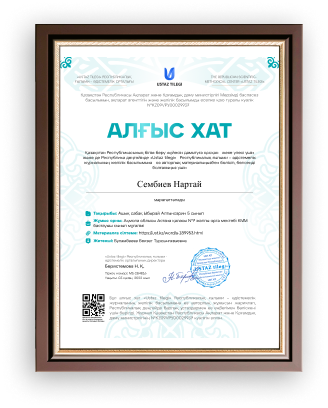




 heck Ss'
answers.
heck Ss'
answers.

